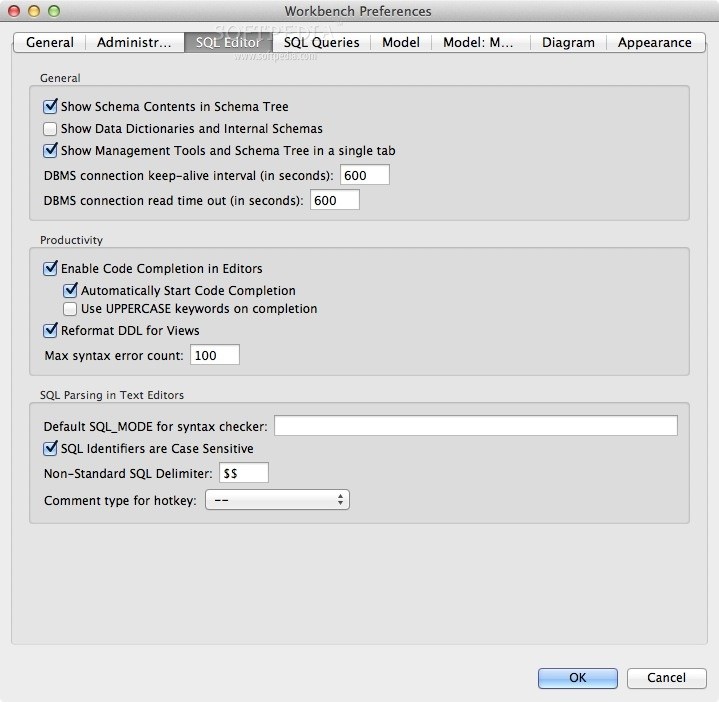

You are prompted to enter and confirm an admin password. In a terminal window, enter the following: mkdir /etc/phpmyadmin htpasswd –c /etc/phpmyadmin/.htpasswd adminĢ. If you have multiple systems to allow, add a line for each IP address. Note: Replace your_system's_ip_address with the system’s actual IP address. Replace these lines with the following: Require ip your_system's_ip_address Find the following sections: Require all grantedģ. Open the nf file in a text editor (we will be using nano): sudo nano /etc/httpd/conf.d/nfĢ. Allow phpMyAdmin Only From a Specific IP Addressġ. This section will help you prevent unauthorized access to sensitive databases. You should now have a working phpMyAdmin utility. Step 5: Restrict Unauthorized Access to phpMyAdmin (Optional) Refresh the web browser phpMyAdmin page, and log in with your MySQL username and password.

#Phpmyadmin for mac password
Replace password with the actual password you set when securing the MySQL installation.Ĥ. To bypass this measure, open the MySQL shell and alter the root user: mysql –u root –pĪLTER USER IDENTIFIED WITH myswl_native_password BY 'password' ģ. PhpMyAdmin has not been updated yet to use this authentication method.Ģ. This error occurs because MySQL 8.x upgraded the password authentication mechanism. "The server requested an authentication method unknown to the client." However, if you attempt to log in, an error message may appear: The browser should display the phpMyAdmin login page. Open a web browser, and navigate to the following URL: localhost/phpmyadmin Finally, restart the Apache service to apply the changes made in the configuration file: systemctl restart httpdġ. Save the file ( Ctrl+o) and exit ( Ctrl+x).Ĥ. Enter the following code: Alias /phpmyadmin /usr/share/phpmyadminģ. This creates a new, blank configuration file. Create an Apache configuration file: sudo nano /etc/httpd/conf.d/nfĢ. Next, create and set permissions on a temporary phpMyAdmin directory: mkdir /usr/share/phpmyadmin/tmp chown -R apache:apache /usr/share/phpmyadmin chmod 777 /usr/share/phpmyadmin/tmp Step 2: Configure Apache for phpMyAdminġ. Save the file ( Ctrl+o) and close ( Ctrl+x).ġ0. You should see “MySQL Server” and “Apache Server” statuses are showing as green in the app.9. Open MAMP application and ensure that the MySQL server is running. Remember the dumped database file will be in compressed format like.
#Phpmyadmin for mac download
You can also use plugins to download MySQL database from your WordPress installation.
You can ask your hosting company to help you or use cPanel backup options or use phpMyAdmin to export the database into SQL dump. Step 1 – Download SQL Fileįirst step is to download the database file from your live site. Follow the below instructions to upload the bigger database files in MAMP server. So the simple way to upload the database in MAMP server is to use Terminal command prompt. These plugins will not allow uploading the database due to missing dependencies or verifications. Also there will problems when you have security and caching plugins that have tables in the database. If your live site database size is 100+ MB, then most probably the file import in phpMyAdmin will simply fail. But in our experience, this will not help in uploading larger database files of 100+ MB. Upload the “php.ini” file here to increase the values in the phpinfo and phpMyAdmin sections.


 0 kommentar(er)
0 kommentar(er)
